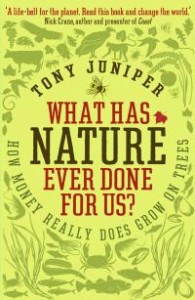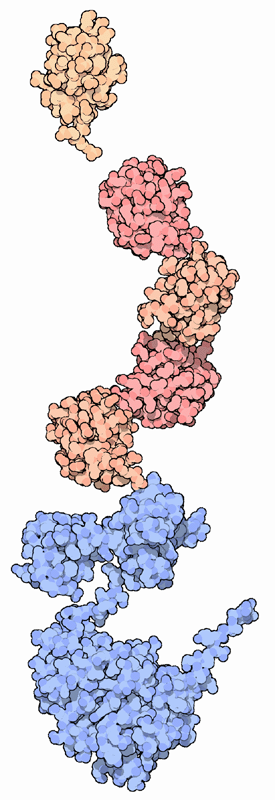What Has Nature Ever Done For Us?
Friday, May 29th, 2020Tony Juniper’s book What Has Nature Ever Done For Us? brilliantly proves that money really does grow on trees. Nature is the basis of our economic lives and is worth $100 trillion/year to the global economy. But we use up our yearly budget of resources in about 8 months and after that we are destroying our natural capital. Juniper lists the huge benefits we get from healthy soil, plants, light, clean water, and animals, and shows it makes economic sense to care for them and respect them. Pollinators, for example, are vital for our food supply: of the 100 most important food crop plants, 71 are pollinated by bees. Juniper is hopeful we can protect the bees, for example, by planting ‘bee roads’ of flowering plants between our crops.
Everyone who has even a small garden can help with this.

